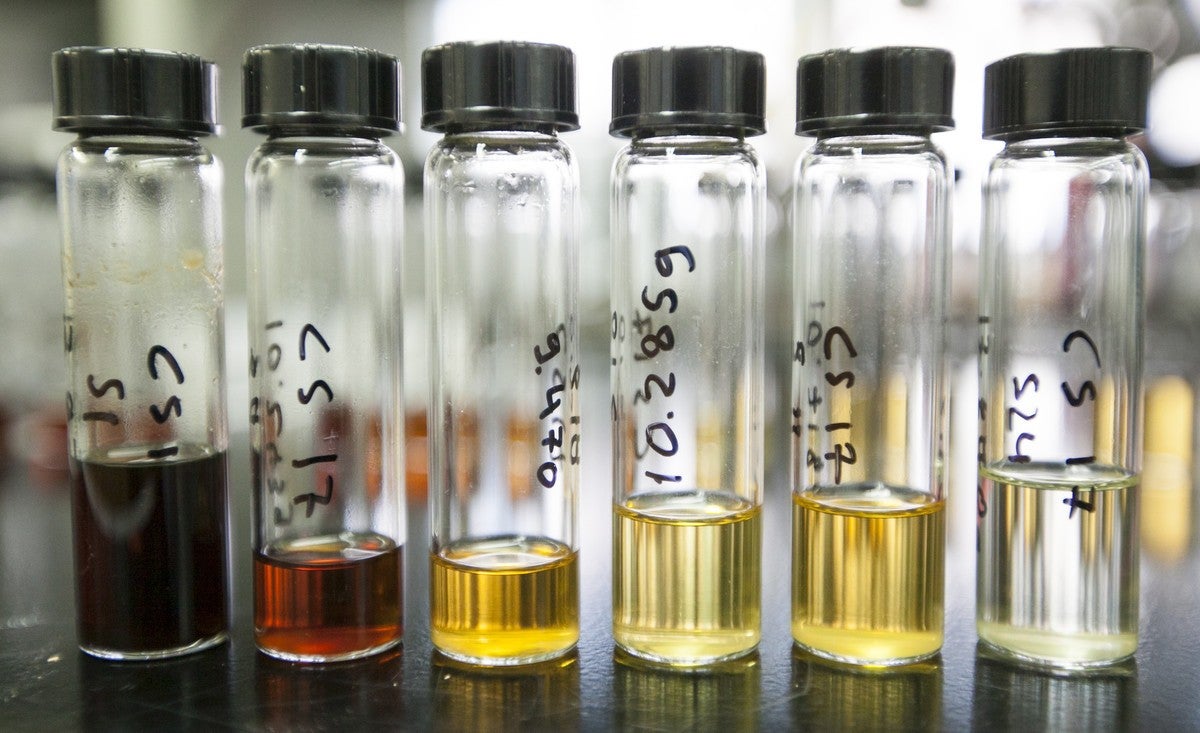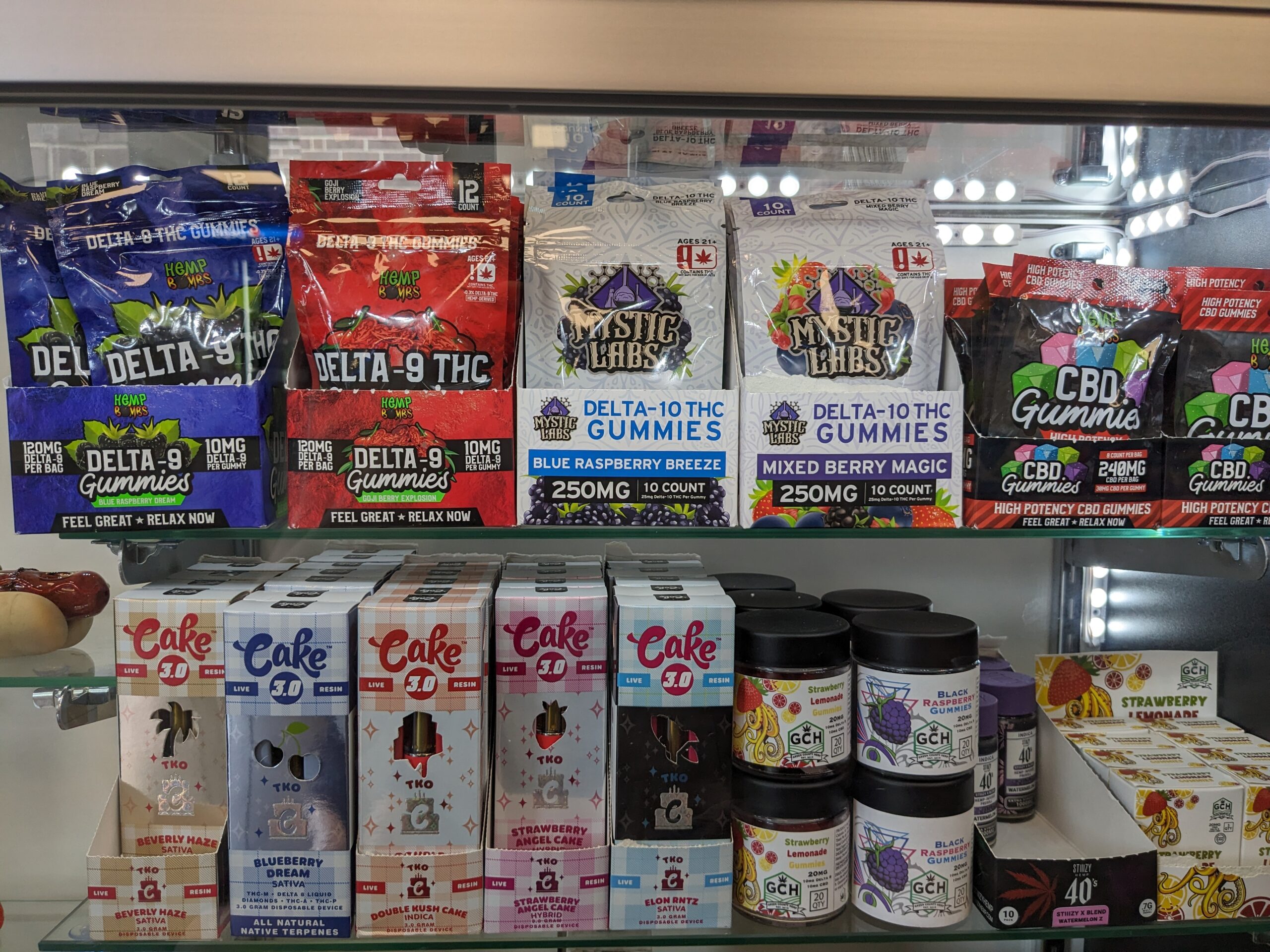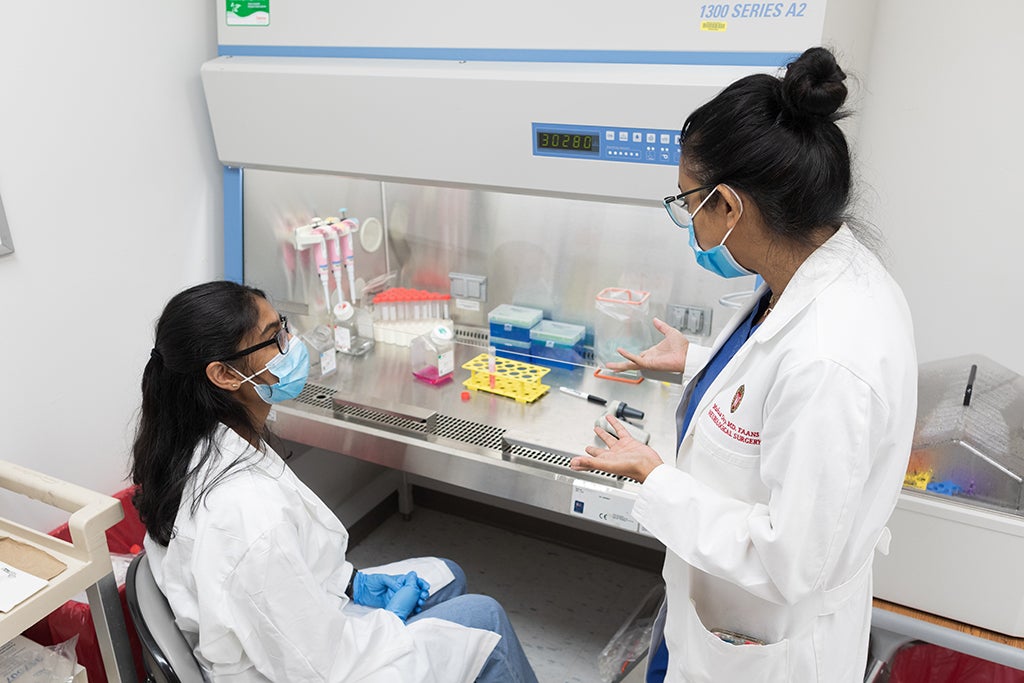Research that began at the University of Wisconsin-Madison details a way to derive a chemical from wood that could be used as a replacement for a common component of plastic.
The study, published May 2024 in Nature, breaks ground in the field by harnessing a traditionally “undesirable” chemical reaction. The result is a plant-derived bisphenol, a compound that can be used in plastics and resins. Perhaps the most well-known bisphenol is BPA, or bisphenol A. BPA is commonly found in water bottles and food packaging, and some studies suggest it could be hazardous to human health.
BPA is derived from fossil-fuels. With the release of this study, UW-Madison scientists were excited to offer a path to a plant-based alternative.
News with a little more humanity
WPR’s “Wisconsin Today” newsletter keeps you connected to the state you love without feeling overwhelmed. No paywall. No agenda. No corporate filter.
“It’s a potentially safer replacement,” said Xuejun Pan, a biological systems engineering professor at UW-Madison who collaborated on the study.
“Bio-based products, like biofuels, biochemicals like bisphenols and others…have a great potential in the future to replace oil-based ones,” Pan added. “That’s why many scientists, including myself, are working on this.”
The plant-derived bisphenol in the study has a similar chemical backbone to BPA, Pan said. However, its overall structure differs enough to give it “less toxic potential,” he added.
Research shows BPA may disrupt hormone systems and act on estrogen receptors in the body. The Nature study reported that a plant-derived bisphenol had an over 110-fold decrease in estrogenic-effects compared to BPA, in a cellular test.
The U.S. Food and Drug Administration has said BPA levels are safe at the levels they are currently occurring. Meanwhile, the European Food Safety Authority recommended the chemical’s “tolerable daily intake” be reduced in 2023.
How they did it
Producing a plant-based bisphenol wasn’t easy. The scientists started with lignin, a cement-like chemical component in wood. For years, chemists have tried to break lignin into useful building blocks, but the process creates a byproduct reaction that essentially makes the material unusable.
“In general, lignin is kind of a troublemaker,” Pan said.

When chemists try to separate lignin from the plant sugars it’s attached to — using acid or base at high temperatures — carbon atoms in the reaction form new bonds. The process is called condensation, and it creates a tangled chemical structure that is difficult to isolate useful compounds from.
Traditionally, researchers have tried to prevent the troublesome condensation reaction.
That is until chemist Ning Li, a former doctorate student in Pan’s UW lab, thought of an idea to use it in scientists’ favor.
“He had a brilliant idea to make use of lignin condensation,” said Pan.
Li introduced another type of chemical — phenols, found in vanilla extract and household disinfectants — to the reaction. The result was a precursor structure that could easily be turned into bisphenols.
“Through selective, controlled condensation, we can make bisphenol from lignin,” said Pan. “That’s a breakthrough. That’s a big deal.”
Currently, fossil fuel-derived bisphenols are more economically advantageous, Pan said. But researchers like him hope the plant-derived bisphenols could potentially compete one day.
“Right now, the group in China led by Dr. Li is trying to commercialize this process,” Pan said.
Other products from the plant-based reaction could also be useful building materials for things like cellofoam, artificial cotton and gunpowder, he added. The efforts are part of a bigger movement towards a “green economy.”
“It’s not a perfect process right now,” Pan said. “From fundamental research into a real industry, there’s still a long way to go, but we’re still working on that.”
Wisconsin Public Radio, © Copyright 2025, Board of Regents of the University of Wisconsin System and Wisconsin Educational Communications Board.







